My two clowns have been in my pico tank for the better part of 8 months. Paired from the LFS, they’ve been thick as thieves until recently. They keep nipping at each other’s mouths and both of their lips are now white from their “fighting”. Just now I noticed a white spot under one of their fins, no other marks on either of them.
Tank is mature and all parameters are within acceptable range with no signs of stress in anything.
Are they just establishing dominance/sex or is this something by I should be worried about?
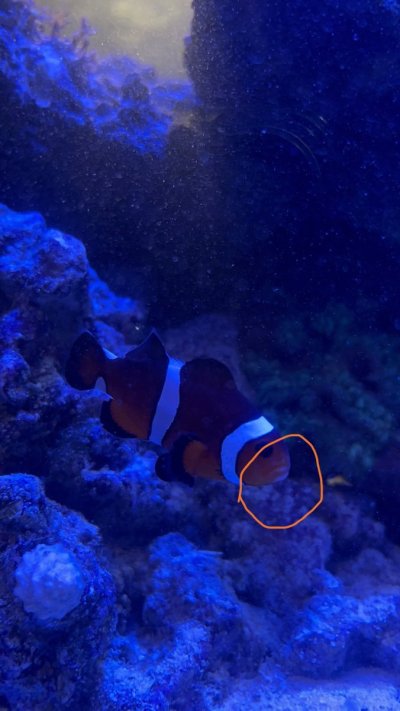
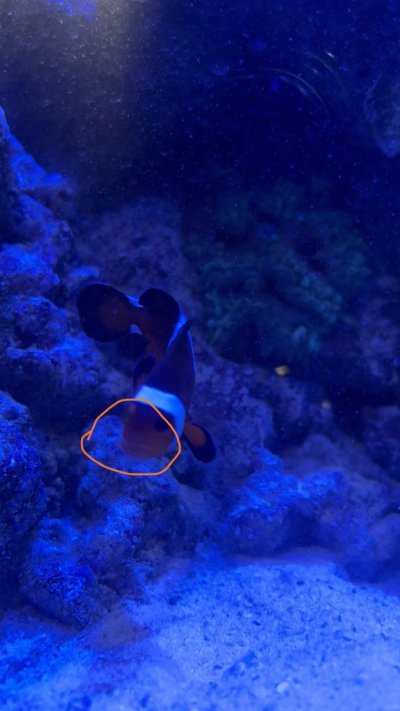
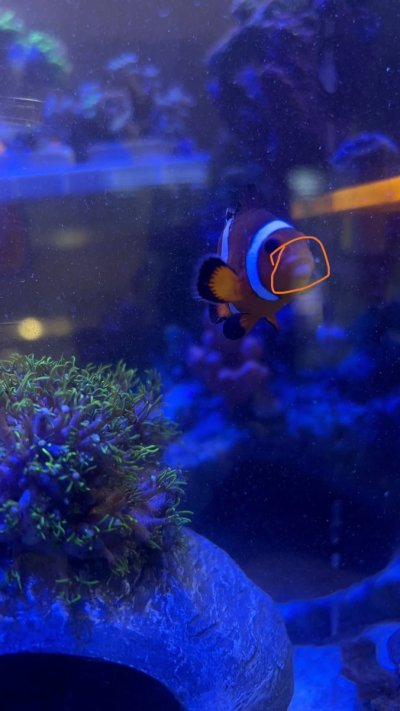
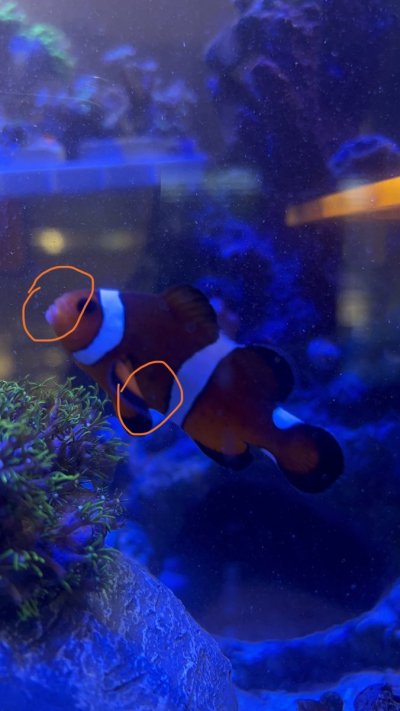
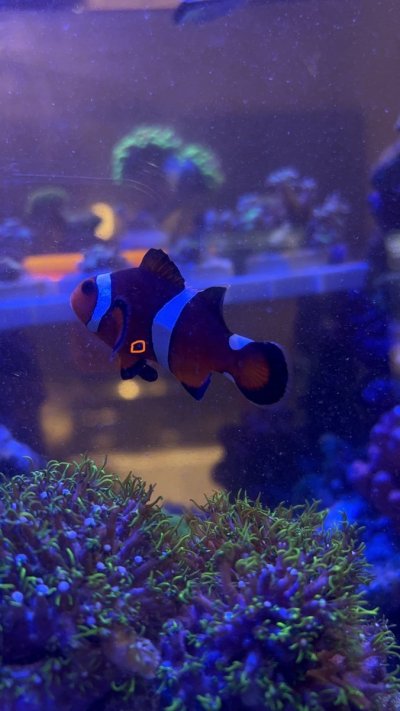
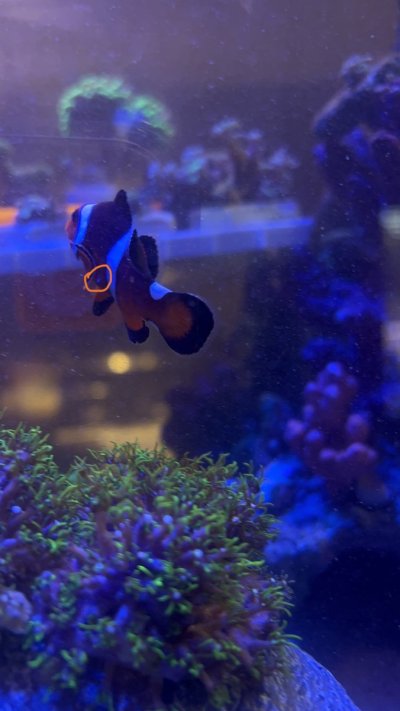
Tank is mature and all parameters are within acceptable range with no signs of stress in anything.
Are they just establishing dominance/sex or is this something by I should be worried about?






















